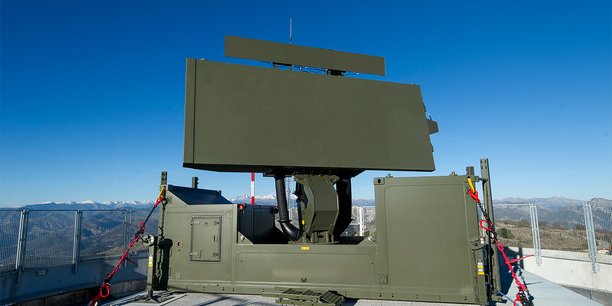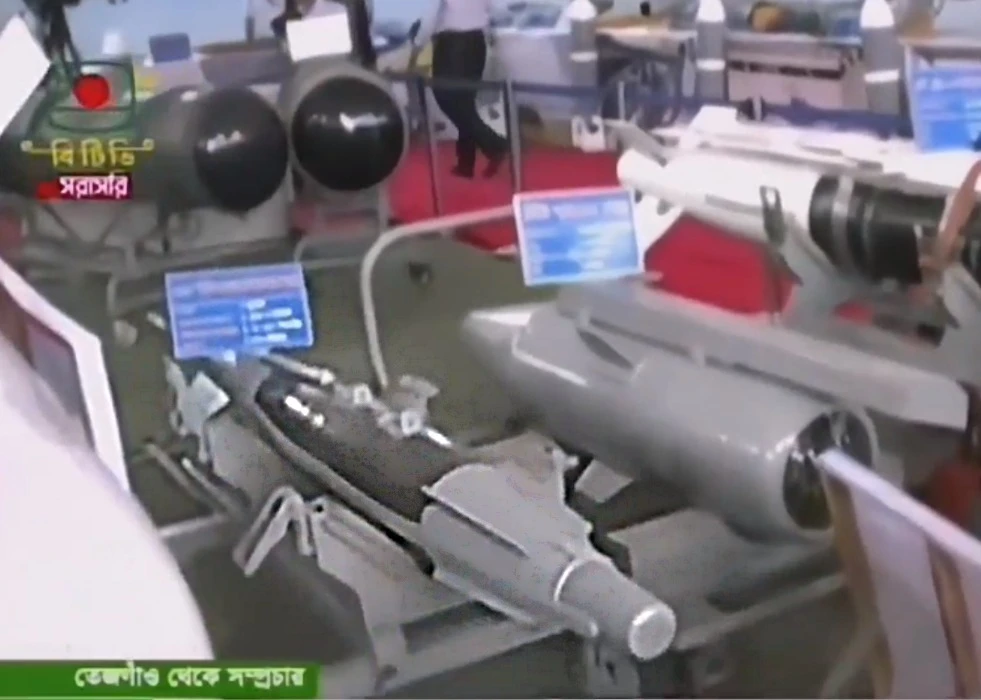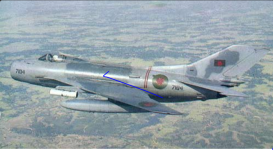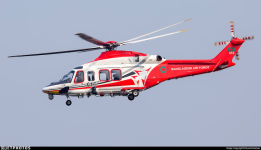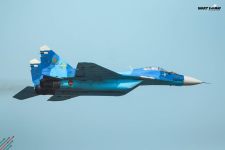LeonBlack08
INT'L MOD
- Dec 9, 2008
- 4,726
- 4,921
- Country of Origin

- Country of Residence

- Thread starter
- #181
Absolutely agree.Those programs should be cancelled or revised at least. Let me explain why I think so.
In some way, they were kind of like BAL's mega development projects that shows some visible modernization, but not exactly what we need. I mean, yes we do need advanced new generation fighters and frigates ultimately, but not now. There are prerequisites lacking that are imperative to utilize said fighters and frigates to their intended roles within national defense strategy.
First, there are limited funds, hence it should be allocated based on priority need. Both fighter and frigate programs combined were projected to cost $5-5.5 billions at least. ($3 billions for Eurfighter and $2.5 billions for the frigates)
And I can guarantee you, given the state of forex right now we simply won't afford that much USD to spend on defense procurement in next 2/3 years. Yet, the armed force modernization already been delayed too long. So, what do we do?
Realistically, perhaps around $2 billions fund can allocated within short term. And those prerequisites I mentioned previously are, first and foremost long range high altitude air and missile defense system. (AMD)
Otherwise, if we spend huge sum of $3 billions on super expensive 16x Eurofighters. Yet most of those are destroyed on the ground by intensive enemy missile strikes of all kinds, specially BMs in the early hours of the conflict before they make to the fight in the sky, imagine how tremendous the moral and the capability loss it would be. And that huge sum of money would be wasted. Like this-
Hence, it would be much more adequate to procure at least 2x batteries of fully BMD capable long range AD system. SAMP/T NG from Italy or France is the right choice as we won't afford MIM-104 patriot. Two batteries would cost around $1 billions.
And obviously, those are not just about protecting air bases where future expensive fighters will be housed. Long range high altitude AMD systems is much more than that. It provides protection to ground formations against enemy air and missile threats. Its protective air bubbles is more capable of keeping enemy air assets at bay compared to traditional fighter interceptors. How?
Well, 16x Eurfighters maybe able to take on 32x IAF jets leveraging its qualitative advantage if they makes it to the fight in the sky, (Which it won't if there isn't any AMD system protecting them on the ground to begin with) but then IAF has far more assets to throw at our 16x Eurofighters and they will simply overwhelm them in the end.
On the other hand, hit to kill capable AMD system can withstand intense enemy air and missile strikes until the last interceptor. (specially ballistic missiles, which are a huge threat and can't be shot down by fighter jets) We saw how well system like Patriot and SAMP/T is performing in Ukraine. Fending of intense air raids and keeping mighty Russian air force from gaining air superiority.
In a nutshell, modern AMD provides more bang for the bucks compared to expensive fighter jets. And as of now simply we can't afford both. So, it is clear which one we need to prioritize.
One could argue, unlike AMD systems, fighter jets provide offensive capabilities to destroy enemy formation and air assets on the ground. It is true, however, 16x Eurofighters are too few and would be eliminated by IAF long before they could do any of it at scale.
On the other hand, we can leave the offensive capabilities to army's long range operational and strategic artillery capabilities and invest more in it. System like TRG-300 GMLRS and Khan tactical ballistic missiles batteries when despersed are much more survivable and hard to find and kill. Those would be much efficient and offer persistent and greater volume of firepower compare to what 16x can potentially carry. We saw that with HIMARS and ATACMS's outstanding performance in Ukraine.
And given the proximity of IAF Eastern command's air bases to our geography, it is the most optimized solution. Also, I believe Myanmar can be deterred with our long range surface to surface fires.
And frankly, in the long run we should look to procure BVR capable stealth UCAV instead of traditional super expensive 4.5th fighters. The only advantage Eurfighter has over something like Baykar Kızılelma, is higher payload and longer range. Both are relevant if we are planning to bomb Delhi, but we aren't. Also, keep in mind that we are never going to match IAF in one to one.
Our main goal is to prevent enemy air superiority. Given its stealth advantage, Kızılelma is better fit for the role as we have a very small airspace to defend. Also, we can procure 3x of it for the cost of a single Eurofighters. And unlike Eurofighters those have much smaller logistical footprint and can potentially be operated from highways. Reducing the risk of being destroyed at ground.
As for the navy, we should allocate $1 billion to modern AIP submarine procurement instead of the frigate program. @LeonBlack08 @Joe Shearer
Multi layered SAMs of quality and quantity are the first priority. Without effective SAMs, no point buying EFT. We can never match Indian assets head to head, so the best we can do is create effective deterrent to discourage any overly enthusiastic war fanatic across the border. As @Joe Shearer dada aptly put it as poisoned shrimp strategy.
Everyone knows this is the most effective strategy to defend an invasion and this is why we have not seen acquisition of any mid and long range SAMs, just token short range FM 90s. It has been intentionally left weakened by the BAL regime.
Also agree with enhancing land offensive capabilities by bolstering missile and drone arsenal, which can be mass produced locally and cost effectively. We just need to see the example of Israel- Hezbollah. That's the modern day blue print for a smaller country defending against a regional power. Focus on force multipliers. Cheaper yet high impact solutions. So again I agree that we should eventually move towards Turkish/Chinese UCAVs, when those platforms are fully operational and battle tested.
We will still need some manned fighters because we do have to fight a different war, a more conventional war, with the Burmese if it ever comes to that. Burmese also have strategic depth and we do need to be able to get into their airspace, long range missiles alone won't work effectively. Russia has demonstrated how effective dumb bombs can be with a relatively inexpensive guidance kit to be converted to glide bombs and accurately destroy enemy installation compared to BMs alone, which are far more expensive and not value for money in a prolonged war. We will need a potent fighter platform to effectively execute a similar strategy.
The other very important reason we will need conventional jets is for redundancy. What if the UCAVs are hacked? We can never guarantee a hack proof system. That is why we will always need a mix of manned and unmanned aerial assets to defend the airspace.

